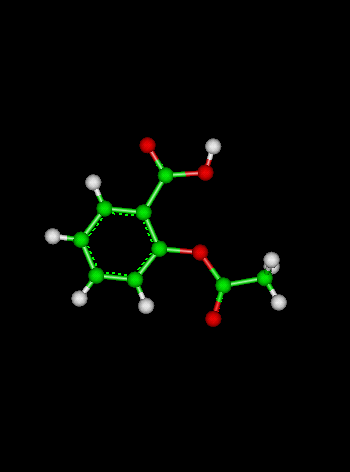
Course Chapters
Section Tests
Online Calculators Linear Least Squares Regression Newton's Method Equation Solver
Related Information Links
|
LogarithmsLogarithms, or "logs", are a way of expressing one number in terms of a "base" number that is raised to some power. Common logs are done with base ten, but some logs ("natural" logs) are done with the constant "e" (2.718 281 828) as their base. The log of any number is the power to which the base must be raised to give that number. We are most familiar with base 10 since any number greater than zero can be expressed as 10x. For example, log(10) is 1 (because 101 =10), log(100) is 2 (because 102 = 100), and log(2) is 0.3 (because 100.3 ≈ 2). Logs can easily be found for either base on your calculator. Usually there are two different buttons, one saying "log", which is base ten, and one saying "ln", which is a natural log, base e. It is always assumed, unless otherwise stated, that "log" means log10. The opposite of a log is the antilog, which means to raise the base to that number. Antilogs "undo" logarithms. Observe the following example:
antilog(2) = 100 Logs are read aloud as "log", "natural log", "ln", or "log base whatever". To read log34, you would simply say "log, base three, of four". Logs are commonly used in chemistry. The most prominent example is the pH scale. The pH of a solution is the -log([H+]), where square brackets mean concentration. There are two major kinds of equations that you will have to solve using logs. In one kind, you will know the log of a number and have to find the number by taking anti-logs, which means raising the base to a power. The other kind gives you the variable in the exponent, and you have to take logs to isolate it. Solving these kinds of problems depends on knowing another property of logs: if the log of a number with an exponent is taken, then the log of that number is multiplied by whatever was in the exponent.
Before we go any further, let's review some definitions that can show the relationship of exponential notation and logarithms. x0 = 1 Sometimes, you may be required to convert between bases. Using some simple algebra, a formula can be derived for changing bases:
So, use these properties to solve the problems below:
Logs also have some unusual properties that allow you to combine them more easily. The log of the product of two numbers is the same as the sum of the logs of those numbers (all with the same base). Similarly, the log of the quotient of two numbers is equal to the difference of the logs of those number (again, as long as the logs have the same base).
That's it! These basic concepts of logs can be applied in many different situations in chemistry, as you may see later on. Use the practice problems below to check out your understanding of this reading. Try It Out:Problem 1:1. Solve the following equation:log(x2) - log(10) - 3 = 0
Problem 2:2. Simplify the following expression to three significant figures:log59 + log23 + log26
Problem 3:3. Solve the following problem.7 = ln(5x) + ln(7x-2x)
[Numbers and their Properties]
[Numbers in Science]
[Ratios and Proportions] | ||||||||||||||||||||||||||||||||||||||||||||||||||||||||||||||||||||||||
 Shodor
Shodorin cooperation with the Department of Chemistry,
The University of North Carolina at Chapel Hill
Copyright © 1996-2008 Shodor
Please direct questions and comments about this page to
WebMaster@shodor.org